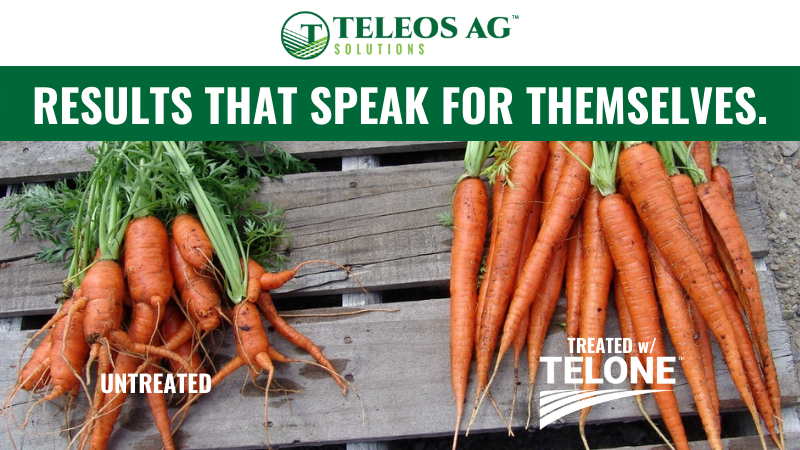Florida Citrus Show Title Coverage: Accounting For Greening
Taking The Pulse
UF/IFAS, the Division of Plant Industry (DPI), and the National Agricultural Statistics Service (NASS) conducted a survey covering the period of Sept. 1, 2007 through Aug. 31, 2008. Growers were asked to identify groves or blocks in groves by their location. Total number of trees and net tree acres by location and fruit variety (orange, grapefruit, and specialty fruit) were requested. Citrus greening questions by location and variety included number and percent of trees symptomatic for greening, number of trees removed due to the disease, number of scouting trips for greening, number of pesticide applications for psyllids, and the date greening was first detected in the acreage represented in the research survey.
The survey was mailed to growers by DPI. Of the 3,037 survey forms mailed out, 949 (31%) were completed and returned. They represented 169,048 acres of citrus or 29% of total state citrus acreage, and 20,163,049 bearing and non-bearing trees, 27% of total state citrus trees.
NASS summarized the results. Counties making up each of the production areas are: Indian River (St. Lucie, parts of Brevard, Indian River, Martin, and Palm Beach); Central (Highlands, Polk, and most of Osceola); Western (Desoto, Hardee, Hillsborough, Manatee, Pinellas, and Sarasota); Southern (Charlotte, Collier, Glades, Hendry, Lee, Okeechobee, and parts of Indian River, Osceola, Palm Beach, and Martin); Northern (Alachua, Citrus, Hernando, Lake, Orange, Pasco, Putnam, and Seminole).
IFAS provided overall supervision of the project and, along with DPI, was available to answer individual grower’s questions about completing the survey. All three organizations, IFAS, NASS, and DPI, were instrumental in developing the questions for the survey and the instructions for completing the survey form. IFAS will use the survey results to conduct and publish economic studies about greening. These include long-run projections of orange production and prices as a result of impacts of the two diseases, and long-run structural implications of greening and canker for Florida’s citrus processing and fresh packing sectors.
Survey Results
Due to the relatively low response rate (31%), statistics were sufficiently reliable to be published only for oranges at the state level. Statewide, growers removed 847,208 trees over the survey period due to greening. There were 1,025,024 trees visibly symptomatic for greening, resulting in a greening infection rate of 1.6% in these groves, which ranged from individual groves with no infection (primarily in the Northern area), to groves with 100% infection (primarily in the Indian River and southern areas).
Statewide, among growers who scouted for greening, the average was two times over the survey period. The most frequently reported number of scouting trips for growers with greening was four. However, growers that had no greening either scouted once or did not scout at all over the survey period. Based on comments received from some growers with high rates of infection, they had stopped scouting, which lowered the average number of scouting trips. Regarding crop protection methods, growers applied pesticides to control psyllids an average of four times annually.
Digging Deeper For Data
While the overall greening infection rate in Florida orange groves is estimated to be less than 2%, it is known some areas — such as Indian River and the southern parts — have much higher infection rates and likely rapid spreading. Repeating the survey in subsequent years should provide data to enable researchers to estimate the rate at which greening is spreading. It also is hoped that by next year’s survey, the importance of this information will be more fully understood and grower response rates will improve.









